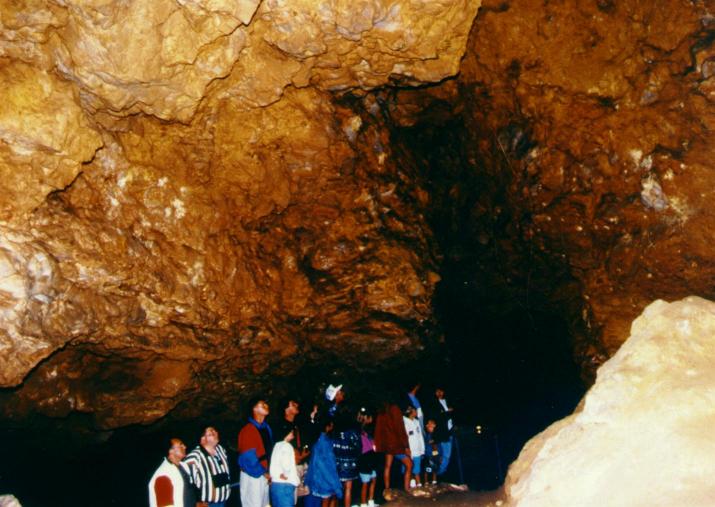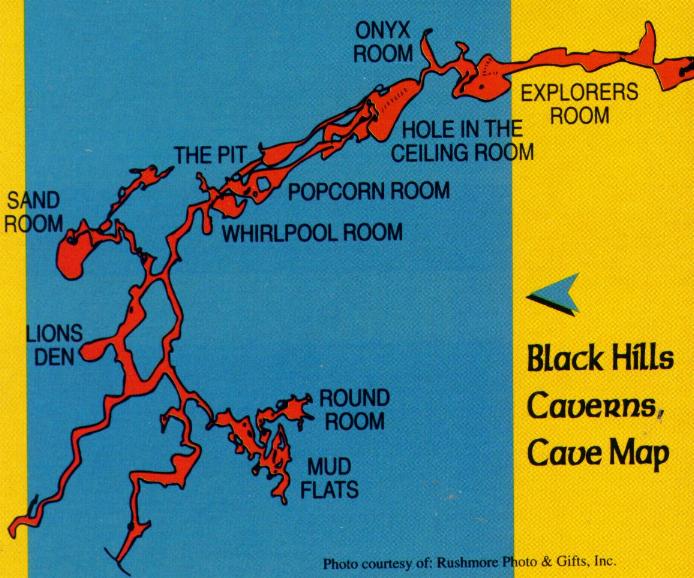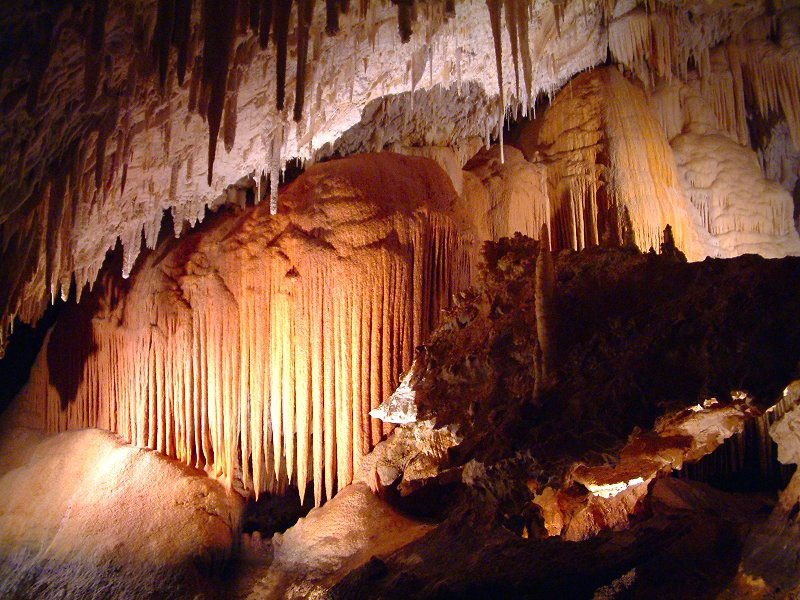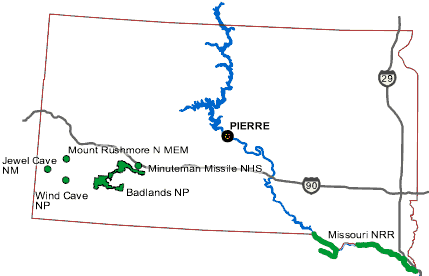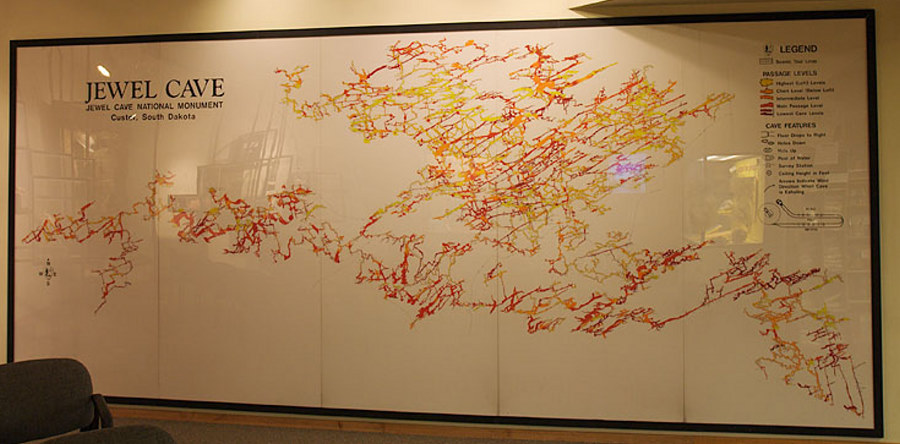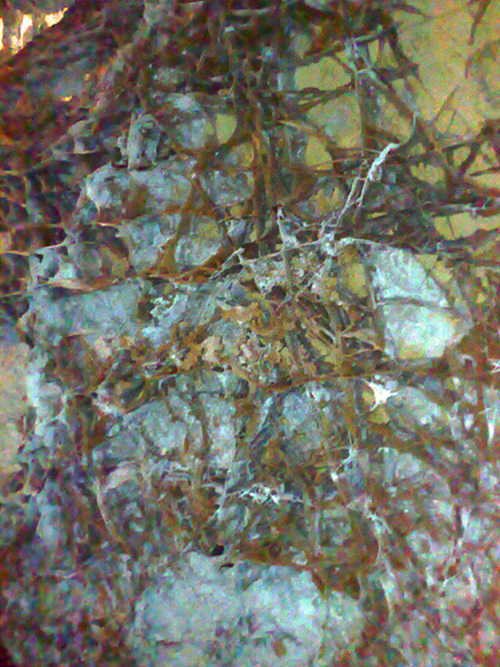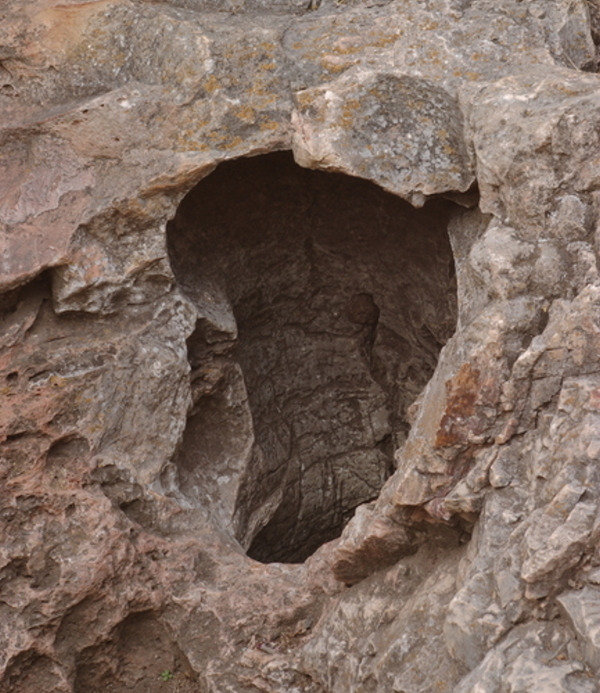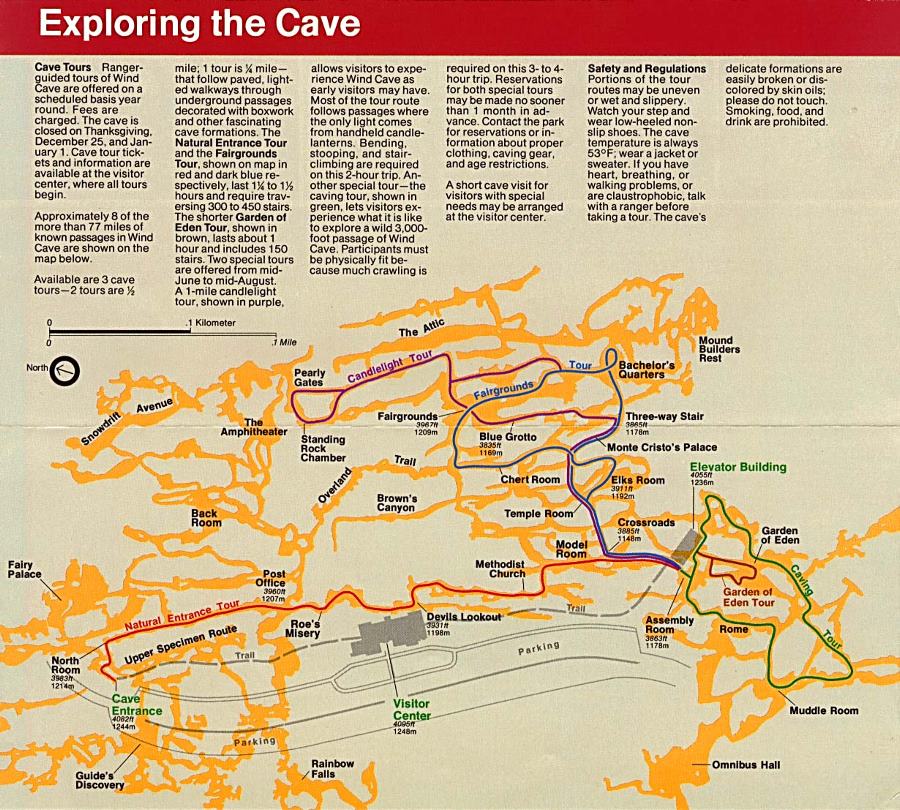|
Caves of the Midwest |
|||
|
Black Hills Caverns Rapid City, SD ..
..
SOURCE: Black Hills Caverns Home Page |
|||
|
The Caves of South Dakota Jewel Cave National Monument Custer, SD ..
"The Jewel Cave is located in Custer, SD. It is the third largest in the world. You go on a eleveator to get into the cave and to leave. It is a nice cave but not a whole lot of pretty formations. There are other caves in the area that I have heard are better. There is one called Wind cave and they think they may be connected because they can not find the end to either one and they are the closest together. This cave actually breathes to, it is pretty neat. The wind cave is suppose to be windy hence the name. South Dakota is a very pretty place to visit. There is also a cave called Rushmore that is suppose to be really nice and a few others around there. " - Mike Deibel Welcome to Jewel Cave Beneath the ancient pine-covered Black Hills of South Dakota, lies another world of mystery, beauty and adventure. A world of constant darkness inexplicably draws us into its vast crystal-lined chambers. Silence is punctuated only by the dripping of water and perhaps your own heartbeat. Standing here you can ponder the natural forces that created this unique and fragile environment. Explore our pages and find out more about this amazing natural resource. Jewel Cave is a complex, pristine cave system that the National Park Service has been entrusted to protect. It is the third longest cave in the world, currently having more than 135 miles of mapped and surveyed passageways. This is only a small percentage of what is believed to exist here. From the cave's discovery in 1900 until today, it has continued to inspire visitors with calcite crystal-lined passages and rooms decorated with speleothems (cave formations). Come take a tour and learn for yourself about the wonders of Jewel Cave and why it is important to preserve it. SOURCE: Jewel Cave National Monument
|
|||
|
The Caves of South Dakota Mt Rushmore Caves Mt Rushmore, SD .. Rushmore Cave is the closest cave to Mount Rushmore and the home of the legendary big room. The one-hour guided tour winds through a series of rooms and passages. The most stunning is the big room. This room is one of the largest decorated cavern rooms seen on any area cave tour. Our big room has an extraordinarily large number of stalactites dangling from its ceilings and walls. Mighty columns, stalagmites and massive flowstones, along with exquisite displays of ribbons, draperies and helictites adorn this and other rooms as well. SOURCE: Rushmore Cave - Black Hills Greatest Stalactite Cave |
|||
|
The Caves of South Dakota Wind Cave National Park Hot Springs, SD ..
This fine grid of limestone is
on the roof of most rooms of Wind Cave. Wind
Cave is the fourth largest
cave in the world behind Optimisticheskaya in
Ukraine, Jewel Cave in South
Dakota, and Mammoth Cave in Kentucky. No
stalactites or stalagmites here.
It's very dry with no sources of food, so there
are no animals either.
The boxwork is characteristic of this cave, and
has the vast majority of
boxwork in the world. The name was chosen by a
16-year-old, one of the
caves earliest explorers. The National Park
Service tour goes to a depth
of 200 feet. Very cool if you can walk down a
lot of steps (elevator up),
and aren't queasy about caves and enclosed
spaces. - Credit BlueVoter
10 mi. north of Hot Springs is the Wind Cave, part of one of the largest karstic cave systems so far found on earth. It was discovered in 1881 when a hunter noticed a strong current of air emerging from a narrow cleft in the rock. Differing air pressures inside and outside the cave produce air currents that can reach a speed of up to 50 mi. an hour. A local peculiarity is the occurrence of very delicate honeycomb structures of brown calcareous spar known as "box work". Part of the cave system can be visited. - Source Wind Cave National Parks Home Page
|
|||
| FAIR USE NOTICE: This page contains copyrighted material the use of which has not been specifically authorized by the copyright owner. Pegasus Research Consortium distributes this material without profit to those who have expressed a prior interest in receiving the included information for research and educational purposes. We believe this constitutes a fair use of any such copyrighted material as provided for in 17 U.S.C § 107. If you wish to use copyrighted material from this site for purposes of your own that go beyond fair use, you must obtain permission from the copyright owner. | |||
|
|
